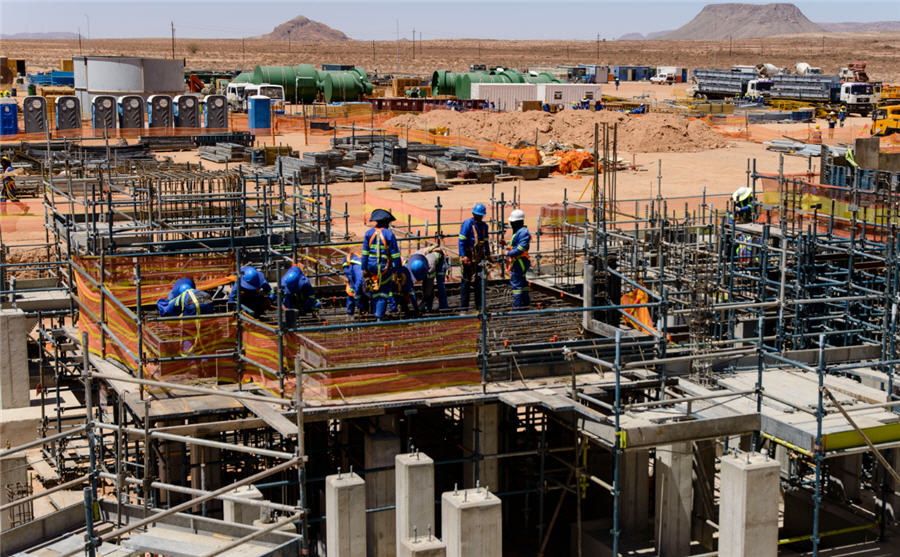Smelting constraints make zinc’s price plunge look overdone

LONDON, July 17 (Reuters) – Expectations for a rise in zinc concentrate supplies in coming years have driven down the metal price to one-year lows, but smelting capacity constraints suggest the sell-off is premature.
Benchmark zinc on the London Metal Exchange (LME) hit $2,473.85 a tonne on Monday, its lowest since mid-June 2017 and 31 percent below February’s 11-year high of $3,595.50.
Projects that will deliver more zinc concentrate to market include Vedanta’s Gamsberg mine in South Africa and three Australian projects, namely Dugald River owned by MMG , another mine run by New Century Resources and Glencore’s Lady Loretta mine.
Wood Mackenzie analyst Jonathan Leng expects supplies of zinc concentrate to rise by 300,000 tonnes in 2018, 900,000 tonnes in 2019 and 1.25 million tonnes in 2020, but he says this will not mean a swift surge in supplies of refined metal.
“With little new smelter capacity being built in recent years outside China and the construction of new capacity in China having slowed dramatically, refined production may be constrained by smelter capacity,” Leng said.
Prices of the metal, which is used to galvanise steel, have underperformed other LME metals this year.
“Limiting the build-up of metal inventories, this would provide support to the zinc price,” he said.
Stocks of zinc in LME approved warehouses, which now stand at 239,625 tonnes, are down 60 percent since September 2015 when Glencore slashed 500,000 tonnes of annual zinc production.
Meanwhile, stocks of the metal in warehouses monitored by the Shanghai Futures Exchange are down 63 percent since March.
The stocks draw in China is partly due to an environmental clampdown in the country, where the Chinese State Council’s bid to curb air pollution has expanded and meant less mining to produce zinc concentrate and less smelting to produce the metal.
China accounts for about half of global zinc consumption estimated at around 14 million tonnes this year.
“The government’s push for clean air is continuing to drive a focus on supply-side reforms which has negatively affected both zinc mining and smelting activities, ” Goldman Sachs analysts said in a note.
Goldman sees a zinc deficit of 522,000 tonnes in 2018 and a shortfall of 120,000 tonnes in 2019, while Citi sees a 335,000 tonne deficit this year and 164,000 tonne surplus next year.
While estimates of market balances vary, most analysts see a rise in treatment charges (TCs), or the amounts mining companies pay smelters to turn their concentrate into refined metal.
Benchmark TCs fell 15 percent for 2018 to $147 per tonne due to low concentrate supplies.
For now, there is little incentive to expand smelting capacity. Analysts say new smelting capacity outside China yields an internal rate of return, an estimate of the profitability of potential investments, below 5 percent.
“Smelter profitability will need to improve for companies to add capacity given that new concentrate will be coming to the market,” Goldman said. “We would expect negotiations to shift in favour of smelters.”
Meanwhile, global demand for zinc is expected to grow steadily at about 2 percent a year for the next two to three years, due to robust manufacturing activity, analysts said.
The construction industry accounts for about 50 percent of global demand, while the rest is mainly distributed between transport, infrastructure, consumer products and industrial machinery.
(Reporting by Pratima Desai Editing by Edmund Blair)
More News
{{ commodity.name }}
{{ post.title }}
{{ post.date }}

Comments